When Do I Put Weed and Feed Bermuda Grass Seed and Nut Grass Spray on My Lawn in Arizona
Lawn Care Schedule For Warm Season Grasses
Warm Season Lawn Care Calendar
To keep your lawn healthy and beautiful, it is important to follow through with the appropriate maintenance. Following a schedule with each step laid out at the appropriate time of year will help to remedy potential turf problems, treat and prevent weeds, pests, and more. Keep your lawn looking its best by working on it all year round.
States With Warm Season Grasses: South Carolina, Georgia, Alabama, Mississippi, Louisiana, Florida, California, Arizona, New Mexico, Texas, Arkansas
Common Warm Season Grass Types: Bahiagrass, Bermudagrass, Blend, Buffalograss, Carpetgrass, Centipedegrass, St. Augustinegrass, Zoysiagrass
Warm Season Lawn Care Schedule
† based on soil test results * once a year
Fertilization helps to keep your lawn healthy and maintain that desired green color. It's important to apply fertilizer at the right time of year and at the right amount, otherwise you will end up with a mediocre lawn. Over-fertilization can cause random patches of long grass, giving your lawn an uneven look. Under-fertilization can cause sparser, less full looking lawns, and makes it easier for weeds and disease to take hold.
We recommend using a soil analysis test kit or taking a sample of your soil to your local cooperative extension so your soil can be analyzed to determine what nutrients your soil is lacking. The healthiest, hardiest lawns are fertilized 2-4 times per year, fall, summer, early spring and late spring.
Pro Tip
When fertilizing in the spring you can choose to use a "weed and feed." These products contain both a fertilizer and a pre-emergent herbicide.
Before you apply a fertilizer to you lawn, you need to know which nutrients your soil is lacking or has an over abundance of in order to select the fertilizer that's best for your lawn. By performing a soil test on a sample of your soil, you'll receive an analysis of your soil's nutrient levels including Nitrogen (N), Phosphorous (P), and Potassium (K), as well as many micronutrients and the pH level.
Soil tests are best performed in the fall when conditions are relatively dry. However, you can also do your soil test in the spring. The goal is to have ample time to apply any soil amendments and allow them to start working before spring green up.

$34.90
![]() (7)
(7)
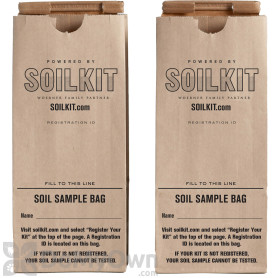
$68.30
![]() (7)
(7)
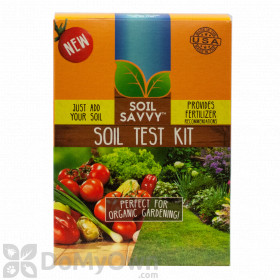
$35.39
Your soil test results may indicate that your soil's pH level is out of the optimal range. If this is the case you can correct it by applying a soil amendment, such lime or sulfur. Soil pH plays an important role in helping your soil uptake nutrients. If your soil's pH levels are not in range, any fertilizers or other nutrients you add are not used to their full advantage. Performing a soil test will usually also provide the pH level of soil and from there you can star the correction process to get your soil's pH level back to an optimal range. Read our guide on correct your soil pH for more information on how to get your soil back to its optimal pH level.
Iron is often applied to actively-growing lawns to help develop a rich, deep green coloring. It is a great nutrient to quicken spring green-up without promoting excessive growth. Often paired with micronutrient applications, lawn iron can help improve the overall health of your turf. It can also help warm season turf recover from damage. Iron applications can be used on your warm season lawn anytime it is actively growing to help give it a boost in color or health.

$15.97
![]() (41)
(41)
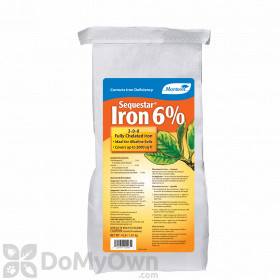
$68.27
![]() (3)
(3)

$84.84
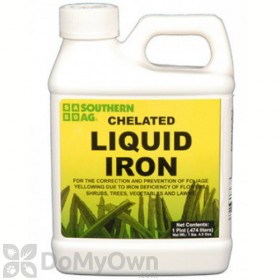
$15.96
![]() (8)
(8)
The height and frequency that you mow your lawn affects your lawn's health and appearance. For example, mowing too short can make your grass more susceptible to diseases and you will have to cut it more often to keep it healthy. A good rule of thumb is to never remove more than 1/3 of the length of the grass blades at a time. Most grass types are the most healthy when they are between 2-3 inches in length.
Mowing your lawn as needed is important, but keep in mind when applying any fertilizer, weed control product, or insecticide to your lawn to read the label very carefully. Some products will require mowing before application, and some require mowing after application. During spring you may need to mow as often as once per week. During summer mowing is less frequent and usually once every 2 weeks is sufficient. Finally during fall as the temperatures start to drop you may need to mow once a month until the grass starts to go into a dormant stage and mowing will cease. This typically happens once temperatures start consistently reaching 50-55 F for about 1 week.
Watering is most often done to maintain color during the summer. Watering your lawn briefly and frequently leads to shallow, weak root systems. Aim for longer, infrequent irrigation to keep roots deep and robust. Keep in mind that while proper watering will keep lawns looking good, it won't fix other lawn issues.
Water in the early morning to avoid scorching and to make sure the blades are dry before the humidity sets to prevent lawn diseases. If you get less than 1" of precipitation in a week it is time to consider watering your lawn. It is not recommended that you water more than 1" of water per watering.
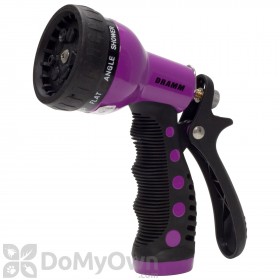
$14.34
Out of Stock
![]() (2)
(2)
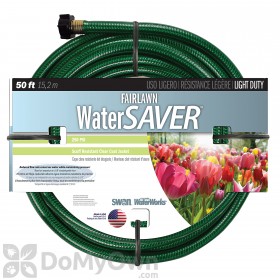
$31.49
Silt soils, clay soils, and heavy foot traffic can compact soils, which creates a barrier from air, water, and nutrients to the roots and can inhibit grass growth. Compacted soils can lead to pest and maintenance problems if not properly maintained, making it easier for weeds and diseases to affect your lawn.
Core aeration is the best way to break up compacted soil. An aeration machine can be rented to take cores of earth out of larger lawns and a hand corer will work for smaller areas. The removed cores can be left on your lawn for extra nutrients, and the holes left in your yard will be filled in with new grass.
If you do plan to schedule an aeration for your lawn it is important that any pre-emergent herbicide be applied after the aeration is completed. Aeration can be done spring-summer excess moisture is known to sit on the grass.
Thatch occurs when new grass grows before existing plant matter can decompose, causing a buildup of grass material. When allowed to build up, thatch creates a barrier to air, water, and nutrients to the soil and can cause new grass to have roots in the thatch rather than the soil. It can prevent fertilizers or pesticides from penetrating into the soil, and can harbor disease causing bacteria, fungus, and insects. Using a vericutting machine or power raking are ways to remove the excess thatch, but sometimes aeration can accomplish a similar result. If you do plan to schedule a dethatching for your lawn it is important that any pre-emergent herbicide be applied after the dethatching is completed.
Unsightly weeds can break up the color and texture of your lawn, and once weeds move in, they take nutrients and water away from your grass. This can result in a thinned out lawn. Weeds are generally split into two categories - grassy and broadleaf.
Pre-emergent or post-emergent weed control products will help to control almost any weed you have in your lawn.
Pre-emergent products kill weeds before they are able to grow above the soil. It is important to apply pre-emergents just before the soil reaches 55+ degrees, just before the seeds begin to germinate in the soil. Timing is very important! Please be sure sure to refer to the product label for mowing restrictions prior to and after herbicide applications as mowing can negatively impact the efficacy of the herbicide.
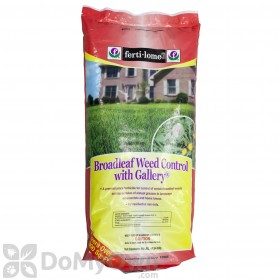
On Sale!
$41.25
Was: $45.83
![]() (37)
(37)
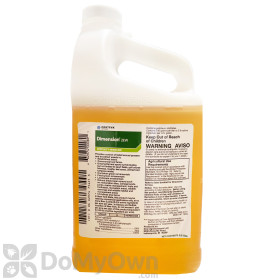
On Sale!
$155.68
Was: $172.98
![]() (52)
(52)
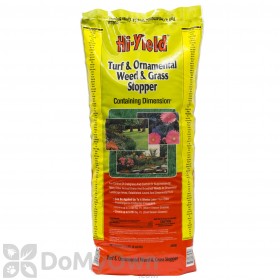
On Sale!
$27.14
Was: $30.16
![]() (99)
(99)
Post-emergent products kill already-growing weeds, and you can choose many different types of these products. Note that some will not harm foliage other than the target weed (called selective) while non-selective will kill any plant it comes in contact with, including your grass. Please be sure sure to refer to the product label for mowing restrictions prior to and after herbicide applications as mowing can negatively impact the efficacy of the herbicide. A post emergent can be used as early as April in warm regions.
Lawn diseases can quickly damage your pristine warm season grass. Once a disease has taken hold in your lawn, getting rid of the fungus and the damage it causes can be a difficult and time consuming process. The best solution is to stop the disease before it starts.
Different lawn diseases develop under different conditions. Some of the most common lawn diseases, including Brown Patch, Dollar Spot, and Anthracnose, often occur in late spring, throughout the summer, and into fall. By applying preventative fungicide treatments to your lawn every 14 to 28 days starting in the late spring and continuing to the end of summer, you can stop the disease before it begins. It is important to rotate fungicides according to FRAC guidelines to help prevent disease resistance. Once a lawn disease has started developing in your grass, a curative fungicide treatment can help stop the disease progression.
Pro Tip
The DoMyOwn Turf Box can help take the guesswork out of selecting preventative fungicides for your lawn. Sign up today to help keep your lawn disease-free.
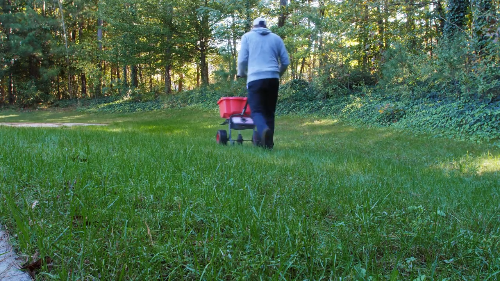
While certain lawn pests can be a nuisance others can damage your warm season turf. Many types of pests and insects can live in your lawn, and preventative lawn insecticide treatments can help deter many insects from making your lawn their home. If you have had issues with a specific lawn pest in the past, a dedicated preventative treatment may be in order. Check out our lawn pest guides to learn more about these pests and how to prevent them from damaging your lawn.

Lawn grubs can cause extensive damage to your turf as they feed on the roots of the grass. While the damage goes beyond turning your grass thin, yellow, or brown, it is possible to prevent white grubs from causing damage to your turf. Preventative grub treatments can be applied to kill larvae in early stages before grubs are able to cause damage. Our grub treatment guide can help you learn how to prevent lawn grubs or how to get rid of grubs in your lawn.
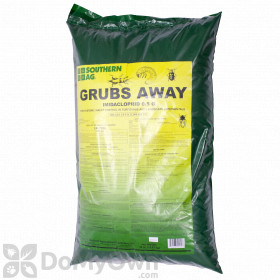
$61.22
![]() (4)
(4)
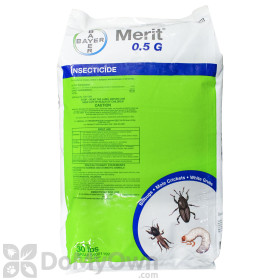
$63.03
![]() (84)
(84)
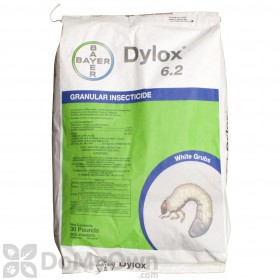
$99.81
![]() (47)
(47)

$269.87
![]() (7)
(7)
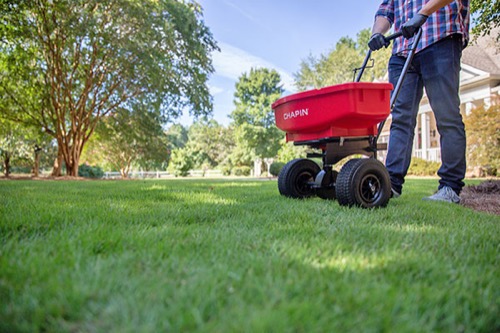
Warm season grass seed should be planted in the spring after the weather begins to warm, and the chance of the last frost has passed in your area. Warm season grass seed, such as Bermudagrass, Zoysiagrass, or Centipedegrass, germinate best when soil temperatures are between 65 and 70 degrees, with air temperatures warming above 80 degrees. Based on where you live, this could vary from mid-March through July.
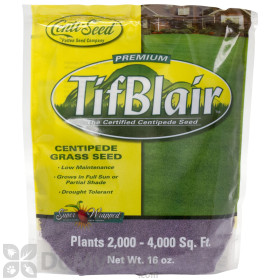
$46.50
![]() (20)
(20)
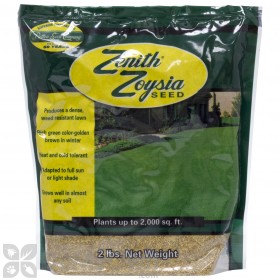
$85.13
Out of Stock
![]() (22)
(22)
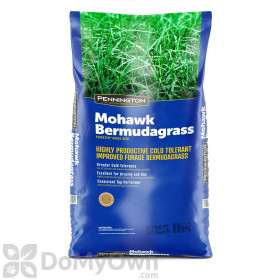
$204.89
Out of Stock

730 of 755 people found this article informative and helpful.
Was this article informative and helpful to you? Yes | No
Source: https://www.domyown.com/lawn-care-schedule-for-warm-season-grasses-a-538.html

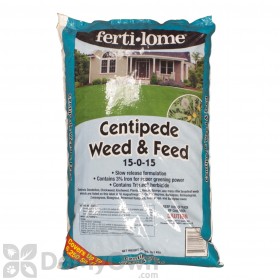
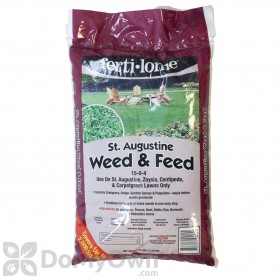
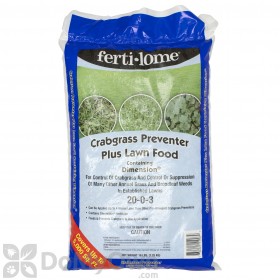
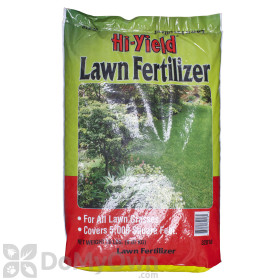
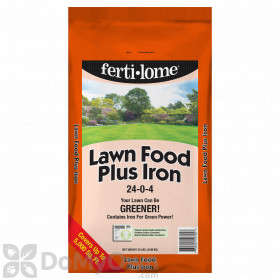
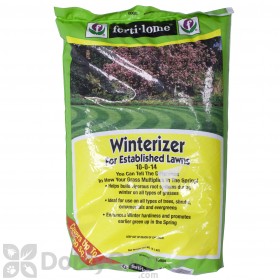
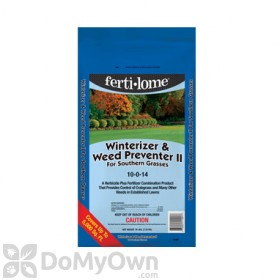

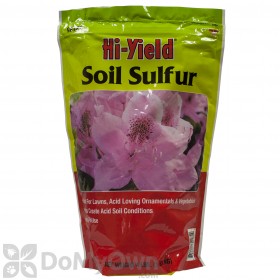
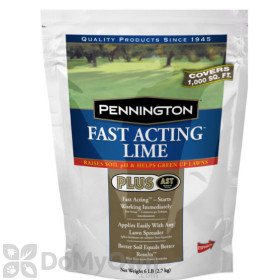
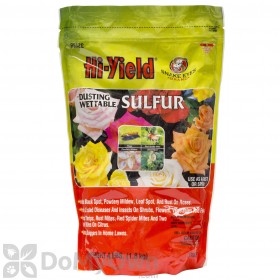
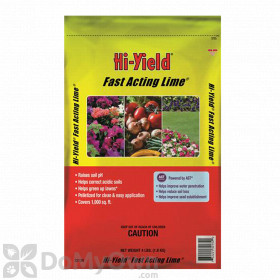
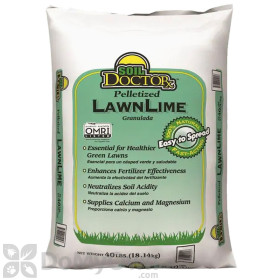
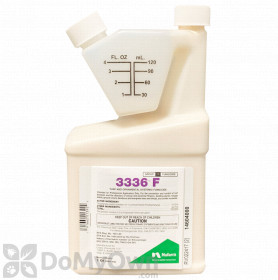
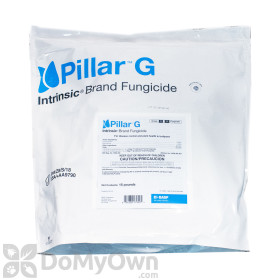
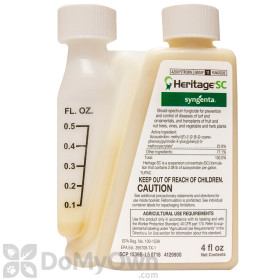
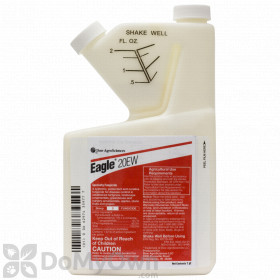
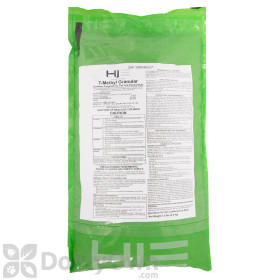
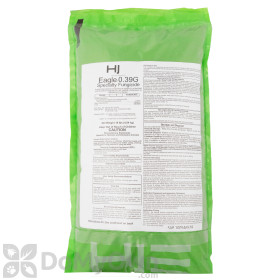
0 Response to "When Do I Put Weed and Feed Bermuda Grass Seed and Nut Grass Spray on My Lawn in Arizona"
Postar um comentário